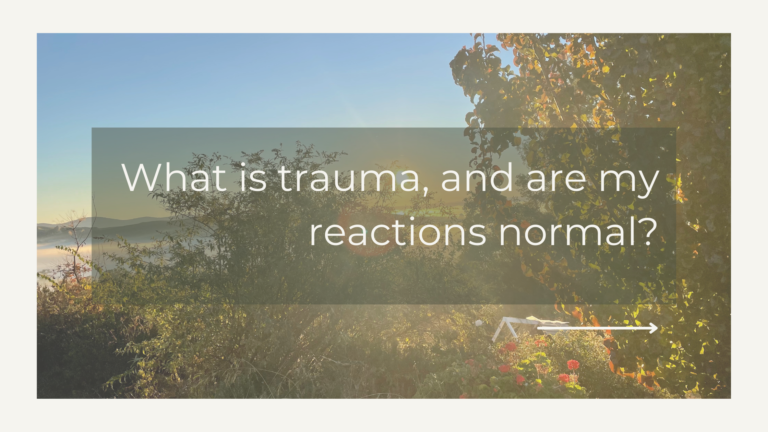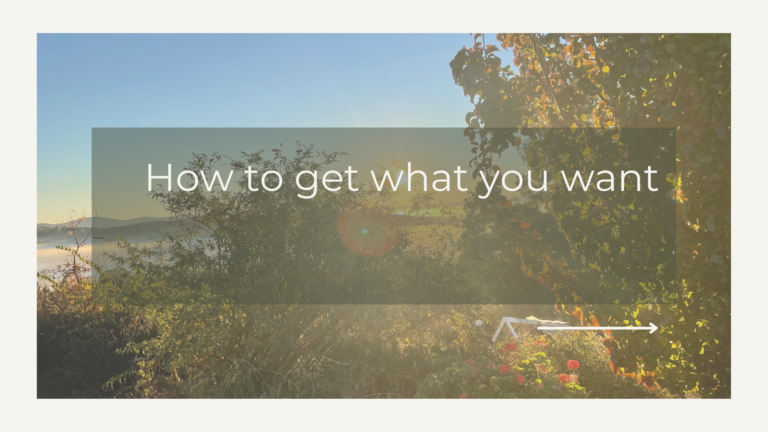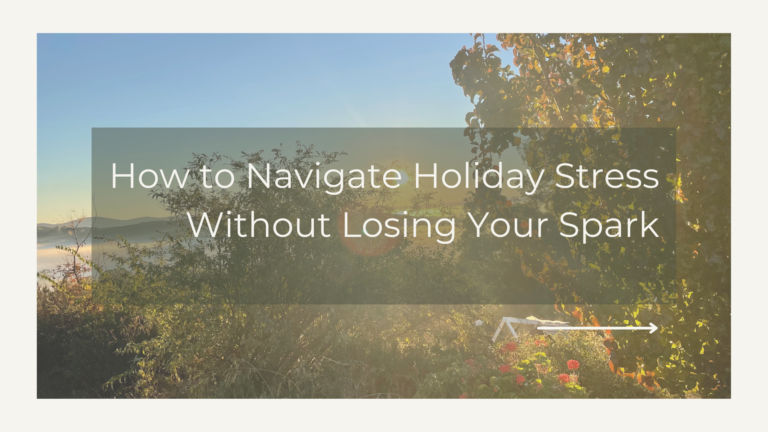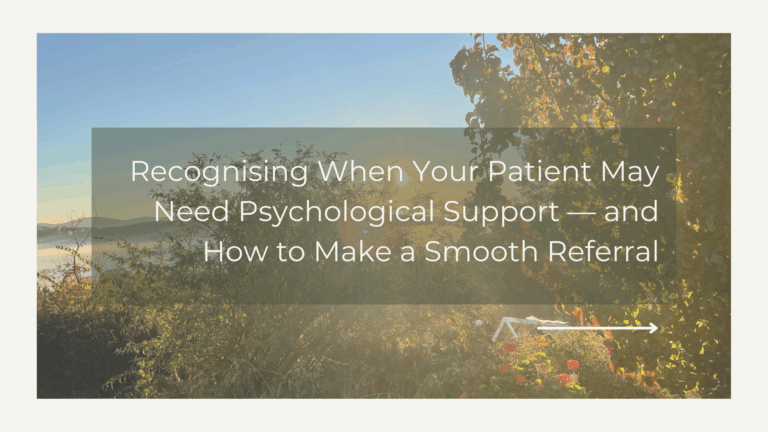Practice These Three Skills To Cultivate Mindfulness
Practice these three skills to cultivate mindfulness Mindfulness. Mindfulness has become a buzz word in recent years and is often used as a synonym for…
Practice these three skills to cultivate mindfulness
Mindfulness. Mindfulness has become a buzz word in recent years and is often used as a synonym for meditation, but is that really what mindfulness is? Or is this just part of mindfulness?
Mindfulness, in simple terms is the act of being present in the moment. It doesn’t require you to meditate or clear your mind. It doesn’t require materials, scripted guides, singing bowls or anything like that. These tools can all be brought into mindful practice, and can assist in creating a ritual of mindfulness, but it’s important to know you can practice mindfulness without any of these things.
I always had difficulty with the concept of mindfulness when it was presented as mediation, as clearing the mind and focusing on the breath. The more I learned about psychology and mindfulness the more I understood the practice to be both more and less than meditation. It was freeing to know my mind didn’t need to be 100% clear, that I didn’t have to breathe or think on a mantra…
Dialectical Behaviour Therapy (DBT) holds mindfulness as one of its core skills modules. DBT considers mindfulness as a means of building awareness and acceptance of emotions, and reality. It teaches WHAT and HOW to be mindful.
To help you cultivate mindfulness in your life, we’re going to run through these simple skills. You’ll learn three ways to be mindful (the WHAT) skills and HOW to do them.
WHAT to do to cultivate mindfulness in your life
001.
OBSERVE
002.
DESCRIBE
003.
PARTICIPATE
The WHAT skills are options for what you can do to practice mindfulness, and you only use one in the moment. This can help to make mindfulness accessible, and also open up options to practice anytime during your day to day life.
Let’s run through what these skills are and some examples of what you could do while practicing them…
1. OBSERVE
2. DESCRIBE
3. PARTICIPATE
HOW to approach mindfulness
NONJUDGEMENTALLY
ONE-MINDFULLY
EFFECTIVELY
The HOW skills are intended to guide how you approach your mindful practice. Unlike with the WHAT skills you can use one or all or any combination of the HOW skills when being mindful. The HOW skills are intended to be used at the same time as a WHAT skill. These are intended to help you build intention, focus and compassion through your practice and can be challenging when you first get started…
NONJUDGMENTALLY
ONE-MINDFULLY
EFFECTIVELY
Had you heard of the WHAT and HOW skills before?
If you liked these skills, check out our up coming DBT Skills Course: A Life Worth Living”.





